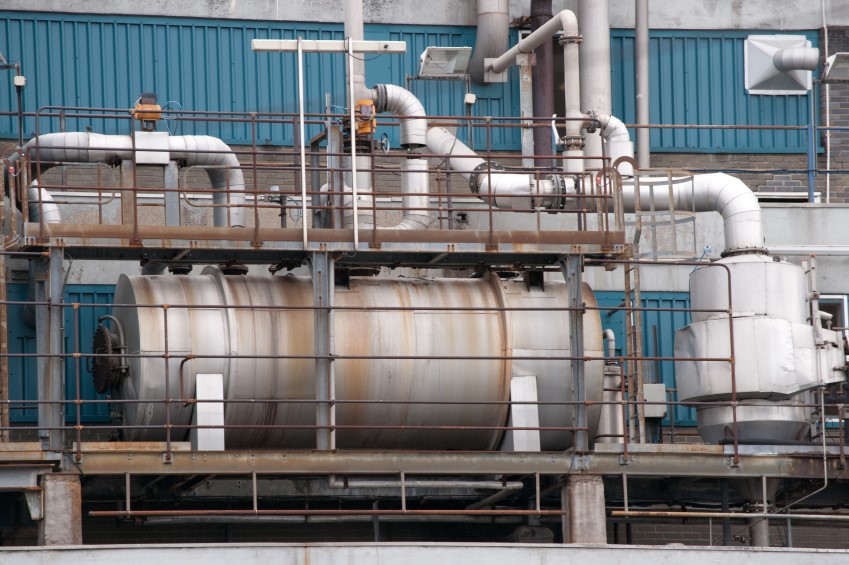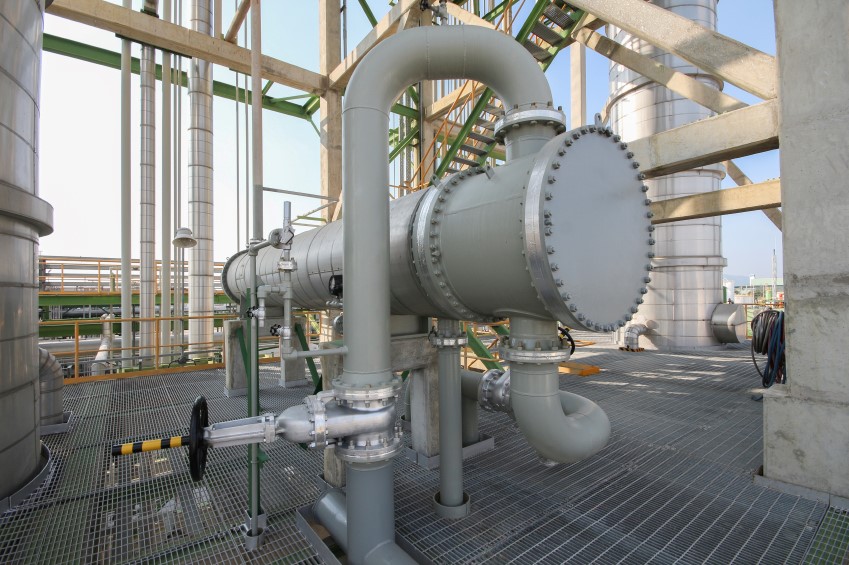RESOURCES › Application Notes - Non-Destructive Testing › Measurement of Wall Thickness at High Temperature range up to 500 °C.
Measurement of Wall Thickness at High Temperature range up to 500 °C.

Conventional ultrasonic transducers cannot withstand high temperatures for two main reasons: the piezoelectric elements within them depolarize, and differential thermal expansion of the different materials within a transducer causes them to fail. The use of thin and long waveguides of the rectangular cross-section allows large temperature gradients to be sustained over short distances without the need for additional cooling equipment. The main problems that had to be addressed were the transmission and reception of ultrasonic waves into and from the testpiece that the waveguides are coupled to, and optimization of the wave propagation along the waveguide itself. It was found that anti-plane shear loading performs best at transmitting and receiving from the surface of a component that is to be inspected.
Although thickness gauging is performed at normal environmental temperatures, there are many situations where it is necessary to test a material that is hot. This most commonly happens in process industries, where hot metal pipes or tanks must be tested without shutting them down for cooling, but also includes manufacturing situations involving hot materials, such as extruded plastic pipe or thermally molded plastic immediately after fabrication, or testing of metal ingots or castings before they have fully cooled. Conventional ultrasonic transducers will tolerate temperatures up to approximately 50 °C. At higher temperatures, they will eventually suffer permanent damage due to internal disbonding caused by thermal expansion. If the material being tested is hotter than approximately 50 °C , then high-temperature transducers and special test techniques should be employed.


The measurement of remaining metal thickness of hot pipes and tanks with instruments such as the 38DL PLUS® or 45MG thickness gauges. Most of the transducers that are designed for use with Olympus corrosion gauges are suitable for high temperature use. The commonly used D790 series transducers can be used on surfaces as hot as 500 °C or 930 °F. As with all ultrasonic tests, the best transducer for a given application will be determined by specific test requirements, including the material, the thickness range and the temperature. The following factors should always be taken into consideration in establishing a test procedure for any high temperature application:

